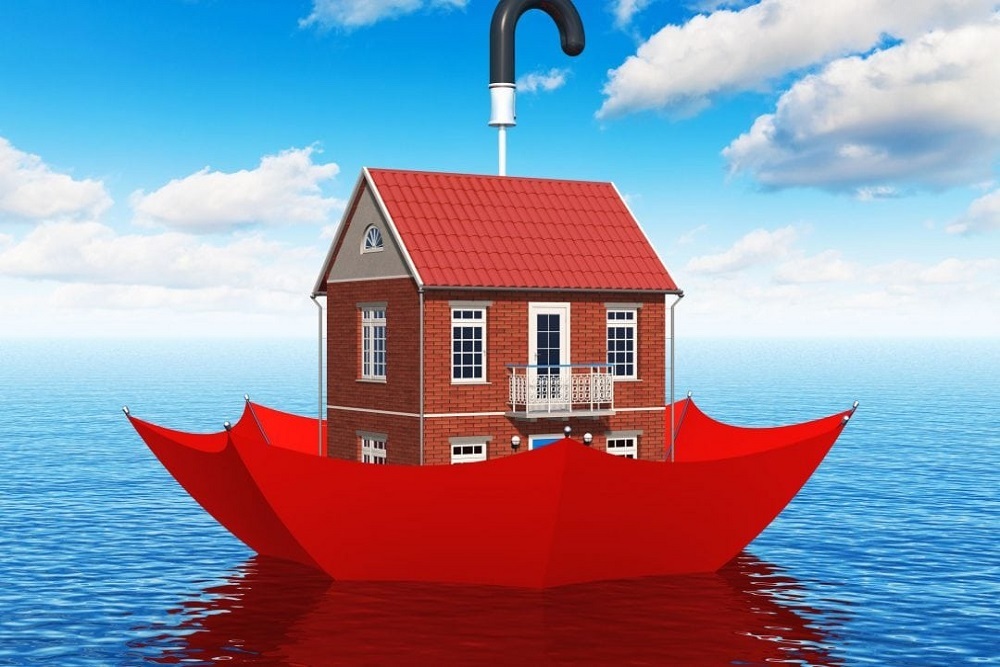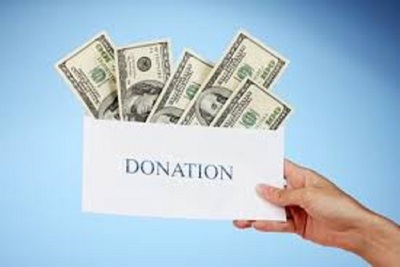American Insurance Association issued the following announcement on July 15.
“Insurers are here to help in the recovery process and assist families and businesses file claims,” said Jessica Hanna, APCIA’s senior vice president of public affairs. “Keep all receipts for repairs and replacement purchases. Call your insurer or local business bureau for recommendations on local contractors. Be extra careful about home repairs as unfortunately many unscrupulous third-parties prey on storm victims.”
Once you file your claim, there are several things you can do, such as photograph the damage and make an inventory of what was lost to help expedite the recovery process.
Flooding from hurricanes and tropical storms can be especially dangerous for inland residents as well as coastal residents. Flood damage is not covered by a standard homeowners policy, however, coverage can be purchased through the National Flood Insurance Program. There is a 30-day waiting period between the date of purchase and when the actual flood coverage goes into effect. Water damage to a vehicle is typically covered under an auto policy’s comprehensive insurance coverage.
“If your home is near water or in a low-lying area, make sure you seek higher ground to avoid rushing waters,” said Hanna. “Do not drive in rushing water. Remember to turn around, don't drown.”
What If You Don’t Have Flood Insurance?
You should still contact your insurance agent or company as there may be property damage that is covered under your homeowner’s insurance policy. You should also contact FEMA as Federal Disaster Assistance may be available in the form of grants and loans if a flood has been declared a federal disaster. If you receive Federal Disaster Assistance for a flooded building, you will need to obtain flood insurance in the future, which is one of the requirements for federal grants and low-cost loans. You will also need to maintain the flood insurance for the life of the loan. To learn more about federal disaster assistance, contact 800-621-3362 or www.disasterassistance.gov.
APCIA Flooding Recovery Tips
Shovel or scrape mud off walls, floors and furniture, then hose from the ceiling down before the mud dries.
To prevent mold and odors, clean walls and floors with diluted chlorine bleach.
Electricity and water make for a dangerous combination. Take the proper precautions to avoid electric shock.
Dry wood furniture outdoors away from direct sunlight.
Use public water only after it has been declared safe by an authorized official.
Representing nearly 60 percent of the U.S. property casualty insurance market, the American Property Casualty Insurance Association (APCIA) promotes and protects the viability of private competition for the benefit of consumers and insurers. APCIA represents the broadest cross-section of home, auto, and business insurers of any national trade association. APCIA members represent all sizes, structures, and regions, protecting families, communities, and businesses in the U.S. and across the globe.
Original source can be found here.












 Alerts Sign-up
Alerts Sign-up